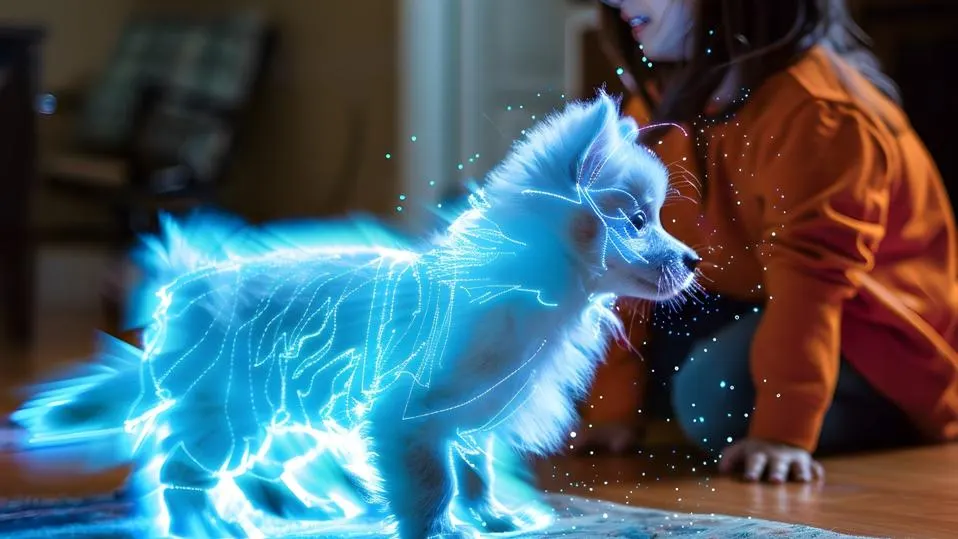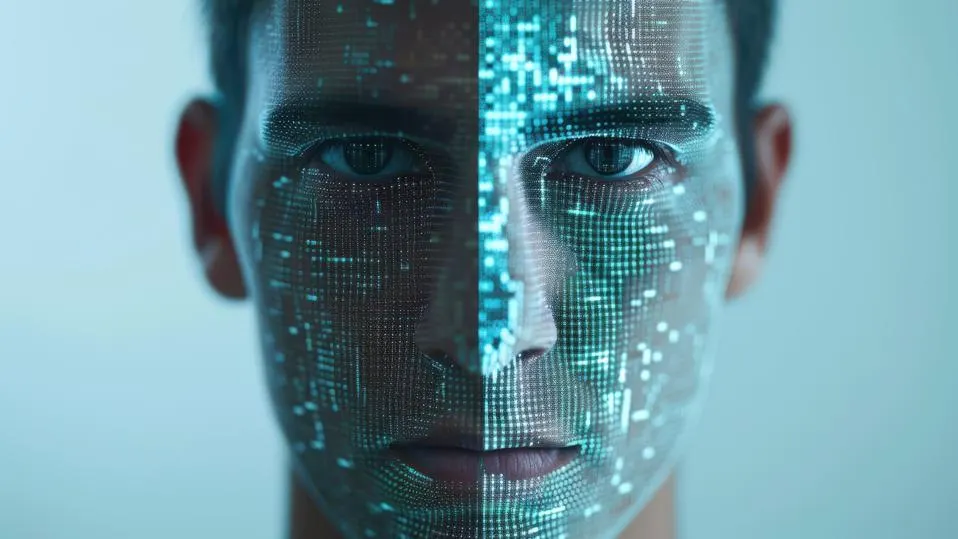A Short History Of The Metaverse
28 March 2022
Today we describe the metaverse as a fully immersive internet, where we will be able to access augmented and virtual reality and interact with all sorts of environments using persistent avatars and innovative digital technology.
The thing is: The metaverse is not new!

Let’s take a look at some of the key historical milestones that have led to where we are today as we develop cutting-edge Web 3.0 technology.
It all started back in 1838 when scientist Sir Charles Wheatstone outlined the concept of "binocular vision," where you combine two images — one for each eye — to make a single 3D image.
This concept led to the development of stereoscopes, a technology where you use the illusion of depth to create an image. This is the same concept used today in modern VR headsets.
Now we jump to 1935 when American science fiction writer Stanley Weinbaum published the book Pygmalion’s Spectacles, in which the main character explores a fictional world using a pair of goggles that provided sight, sound, taste, smell, and touch.
Morton Heilig created the first VR machine, the Sensorama Machine, in 1956. This machine simulated the experience of riding a motorcycle in Brooklyn by combining 3D video with audio, scents, and a vibrating chair to immerse the viewer. Heilig also patented the first head-mounted display in 1960, which combined stereoscopic 3D images with stereo sound.
In the 1970s, MIT created the Aspen Movie Map, which enabled users to take a computer-generated tour of the town of Aspen, Colorado. This was the first time we could use VR to transport users to another place.
The term “metaverse” was first used in Neil Stevenson's 1982 novel, Snow Crash. Stevenson’s metaverse was a virtual place where characters could go to escape a dreary totalitarian reality.
In the early 1990s, Sega introduced VR arcade machines like the SEGA VR-1 motion simulator, which users enjoyed in many arcades.
In 1998, Sportsvision broadcast the first live NFL game with a yellow yard marker, and the idea of overlaying graphics over real-world views quickly spread to other sports broadcasting.
Then Palmer Luckey, an 18-year-old entrepreneur, and inventor, created the prototype for the Oculus Rift VR headset in 2010. With its 90-degree field of vision and use of computer processing power, the revolutionary headset reignited interest in VR.
Ernest Cline released the book Ready Player One in 2011, giving us another peek inside a completely immersive world that we could enter to escape from reality. The book became a runaway hit, and director Steven Spielberg made it into a movie in 2018.
Facebook acquired Oculus VR in 2014 in a $2 billion deal. At that time, Facebook founder Mark Zuckerberg stated that Facebook and Oculus would work together to build out the Oculus platform and develop partnerships to support more games.
Also in 2014 – a busy year for XR – Sony and Samsung both announced they were creating their own VR headsets, and Google released its first Cardboard device and Google Glass AR glasses. Google’s Cardboard device is a low-cost cardboard VR viewer for smartphones.
Microsoft’s HoloLens headsets hit the market in 2016, which gave us mixed reality (AR and VR) for the first time. With HoloLens, we can create a holographic image in front of us, then put it into the real world and manipulate it using augmented reality. Also in 2016, people around the world were running around in their neighborhood trying to catch Pokémon using the Pokémon GO augmented reality game.
Swedish furniture giant IKEA joined the metaverse mix in 2017 with their innovative Place app, which allows you to select a piece of furniture and view what it looks like in your home or office.
In 2020, Apple added Lidar (Light Detection and Ranging) to iPhones and iPads, creating better depth scanning for better photos and AR, and also paving the way for mixed-reality headsets in the future.
Facebook changed its name to Meta in 2021, indicating its focus on shaping the future of the metaverse. Two companies also launched smart glasses (Ray-Ban Stories) or highly portable virtual reality headsets that look like sunglasses (HTC’s Vive Flow).
I believe we’ll continue to see enormous advances in immersive experiences in 2022. For example, Apple is currently working on headsets that could potentially replace our smartphones as the interface into the metaverse of the future.
Related Articles
The Rise Of AI-Enabled Virtual Pets: Why Millions Are Raising Digital Companions
Remember Tamagotchis? Those tiny digital pets that had millions of kids frantically pressing buttons to keep their virtual companions alive in the 1990s?[...]
The Dark Side Of AI: How Deepfakes And Disinformation Are Becoming A Billion-Dollar Business Risk
Every week, I talk to business leaders who believe they're prepared for AI disruption. But when I ask them about their defense strategy against AI-generated deepfakes and disinformation, I'm usually met with blank stares.[...]
Why You Should Be Polite To ChatGPT And Other AIs
In my latest conversation with ChatGPT, I caught myself saying "please" and "thank you." My wife, overhearing this, couldn't help but laugh at my politeness toward a machine.[...]
The 7 Revolutionary Cloud Computing Trends That Will Define Business Success In 2025
Picture this: A world where quantum computing is as accessible as checking your email, where AI automatically optimizes your entire cloud infrastructure, and where edge computing seamlessly melds with cloud services to deliver lightning-fast responses.[...]
AI And The Global Economy: A Double-Edged Sword That Could Trigger Market Meltdowns
The stock market's current AI euphoria, driven by companies like NVIDIA developing powerful processors for machine learning, might mask a more troubling reality.[...]
How The 2025 Presidential Election Could Transform The Future Of AI In America And Beyond
The clock is ticking toward what might be the most consequential technological crossroads in American history.[...]
Sign up to Stay in Touch!
Bernard Marr is a world-renowned futurist, influencer and thought leader in the fields of business and technology, with a passion for using technology for the good of humanity.
He is a best-selling author of over 20 books, writes a regular column for Forbes and advises and coaches many of the world’s best-known organisations.
He has a combined following of 4 million people across his social media channels and newsletters and was ranked by LinkedIn as one of the top 5 business influencers in the world.
Bernard’s latest book is ‘Generative AI in Practice’.










Social Media